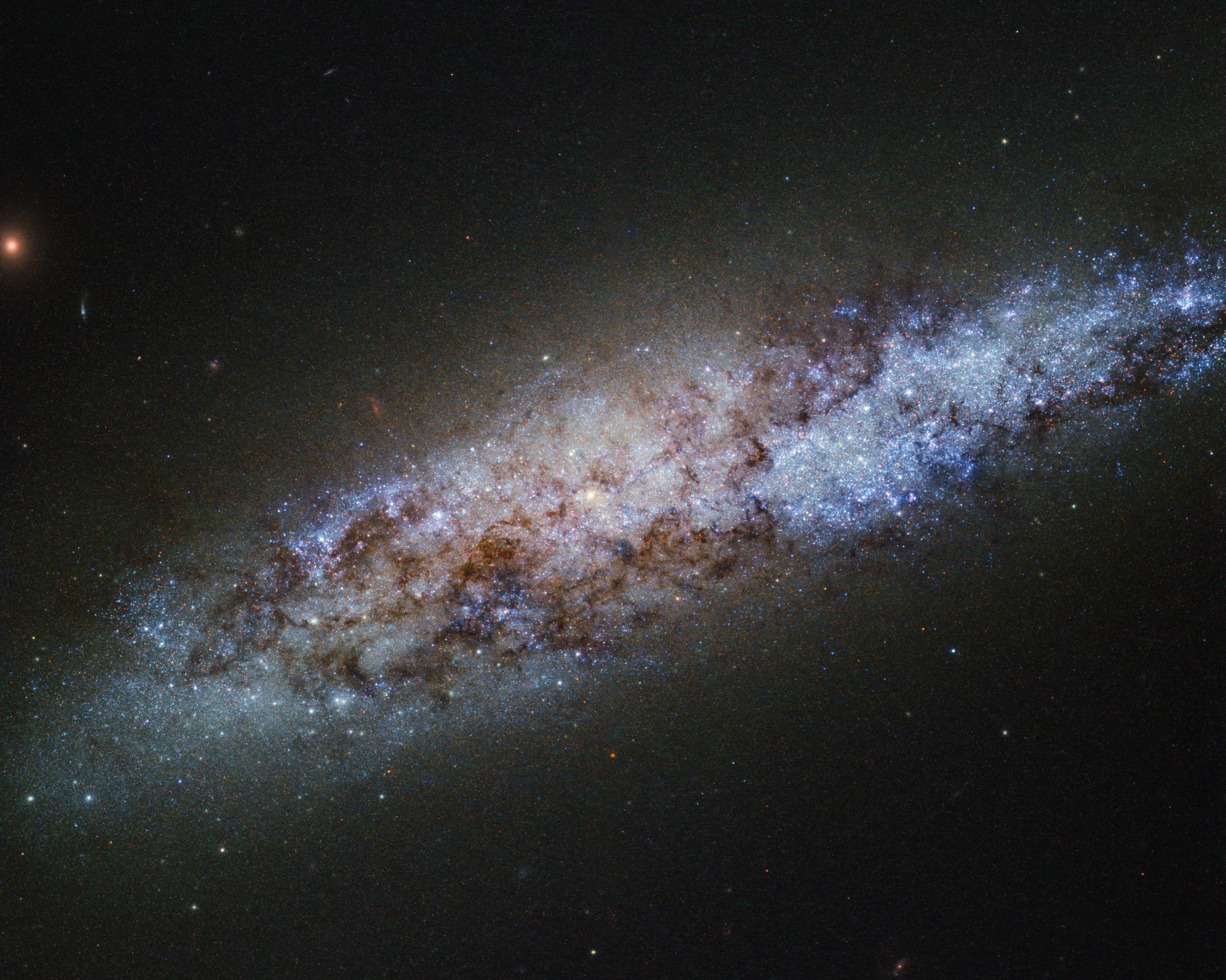Your favorite galaxy cluster won’t exist forever. The James Webb Space Telescope’s latest findings confirm that dark energy is accelerating universal expansion, strengthening evidence for what physicists call the “Big Rip“—a theoretical scenario where spacetime itself could eventually tear apart like an old sweater. While this cosmic fate remains one of several possibilities, the telescope’s precision measurements reveal an undeniable truth: the universe is actively stretching apart faster than ever before.
JWST Confirms Our Cosmic Unraveling
The James Webb Space Telescope didn’t just peer deeper into space than ever before—it watched the universe actively stretching apart. Dark energy, that mysterious force comprising roughly 68% of everything, is winning its battle against gravity. What started as gradual cosmic expansion has become an unstoppable acceleration, according to NASA’s analysis of JWST data combined with Hubble observations. Think of it like your phone battery draining faster as it ages, except instead of needing a charger, the entire universe needs an intervention that doesn’t exist.
The Timeline of Cosmic Destruction
The Big Rip scenario unfolds like a cosmic horror movie in slow motion. First, galaxy clusters drift apart as dark energy overpowers their gravitational bonds—imagine your friend group slowly losing touch after college, but permanently and inevitably. Next, individual galaxies dissolve. Then, solar systems break apart. Eventually, even atomic nuclei might not hold together against spacetime’s relentless stretching. Scientists estimate this complete unraveling could theoretically happen in roughly 22 billion years, though the actual timeline depends on dark energy’s precise behavior, which remains mysterious.
When Physics Becomes Philosophy
JWST’s measurements transform abstract cosmological theory into measurable reality. You’re witnessing the early stages of universal expansion right now—those distant galaxies are already racing away from us faster than light can travel due to spacetime expansion itself. This isn’t science fiction; it’s the measured behavior of everything that exists. The telescope that revolutionized our view of cosmic history simultaneously revealed that this history faces an uncertain but potentially lonely future.
The universe that gave birth to stars, planets, and eventually you continues methodically expanding its own boundaries. Dark energy doesn’t care about our achievements, our art, or our dreams of interstellar civilization. It just keeps pulling everything apart, reminding us that even cosmic stories have endings we’re only beginning to understand.





























